In a small office in the centre of Milton Keynes, a young man wearing earphones sits in a car seat staring intently at a bank of computer screens and grasping a steering wheel festooned with buttons, his feet resting on pedals.
He could be an office worker ducking out to play a driving game in the designated ‘chill zone’, except that rather than scrapping with a fellow racer, he’s about to drive me around the town in a Kia Niro – remotely.


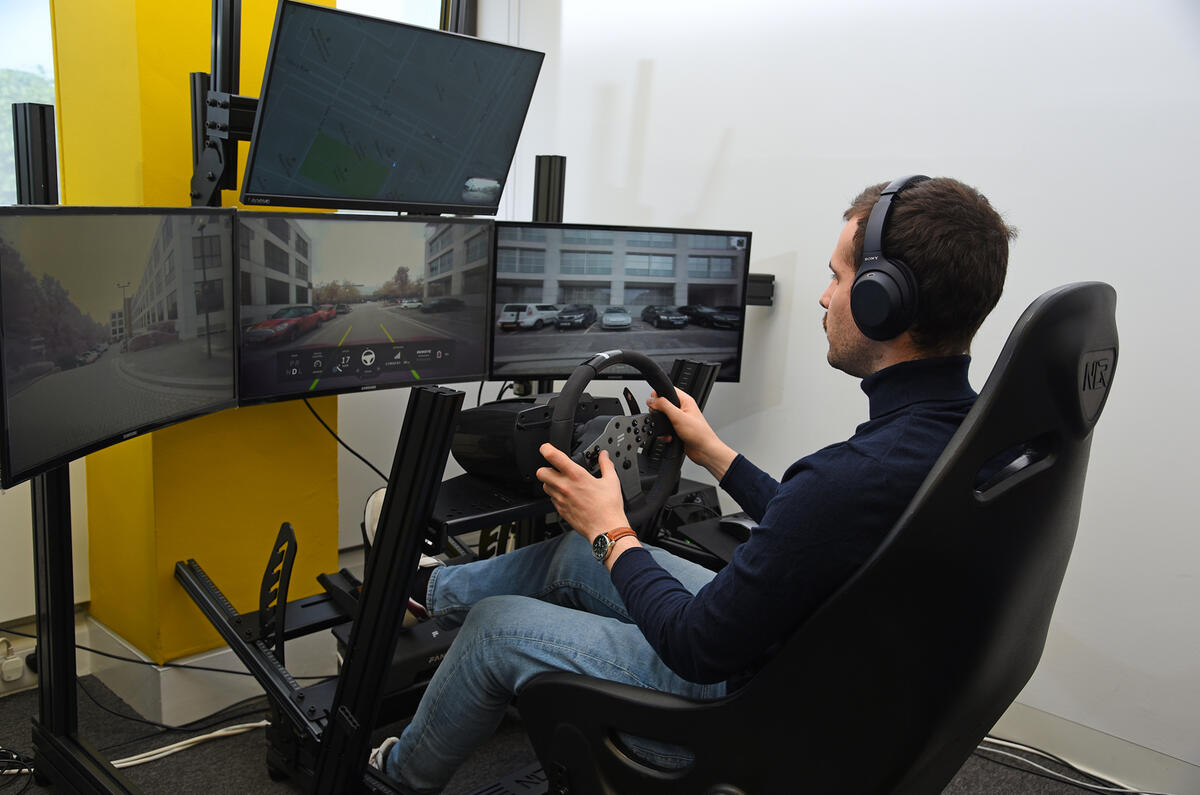
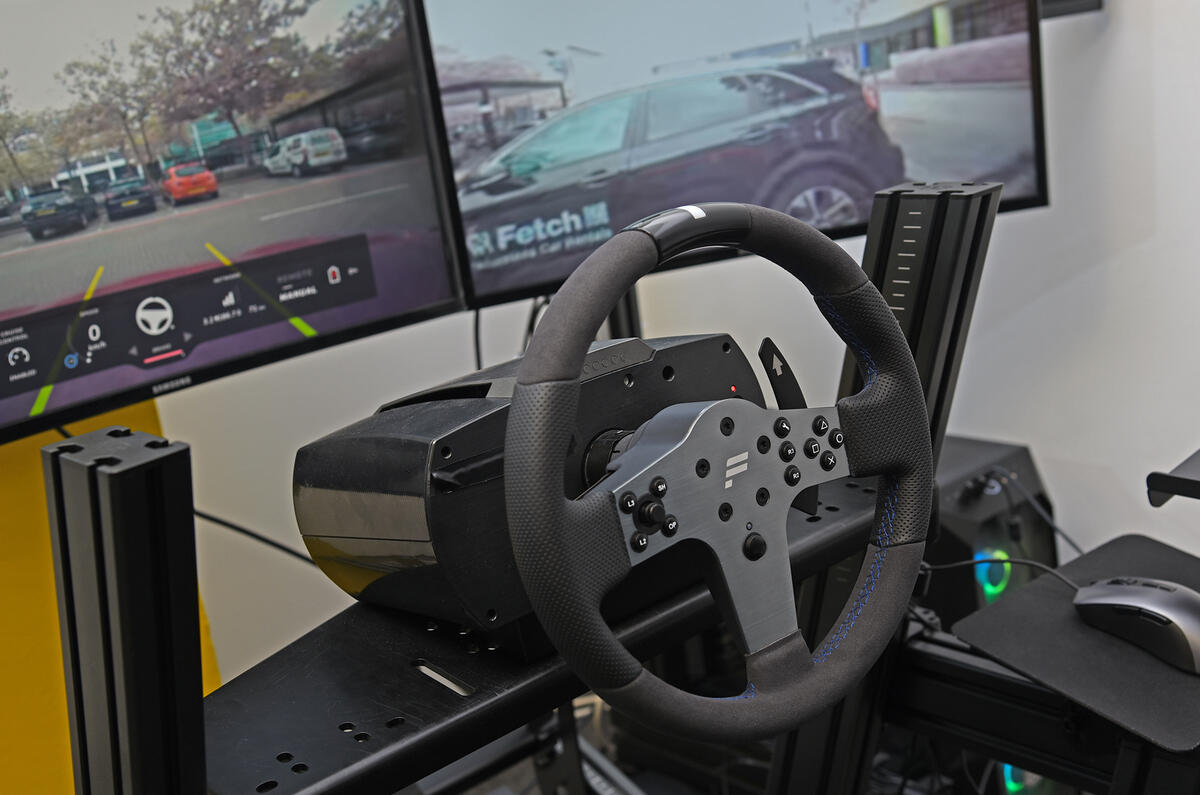
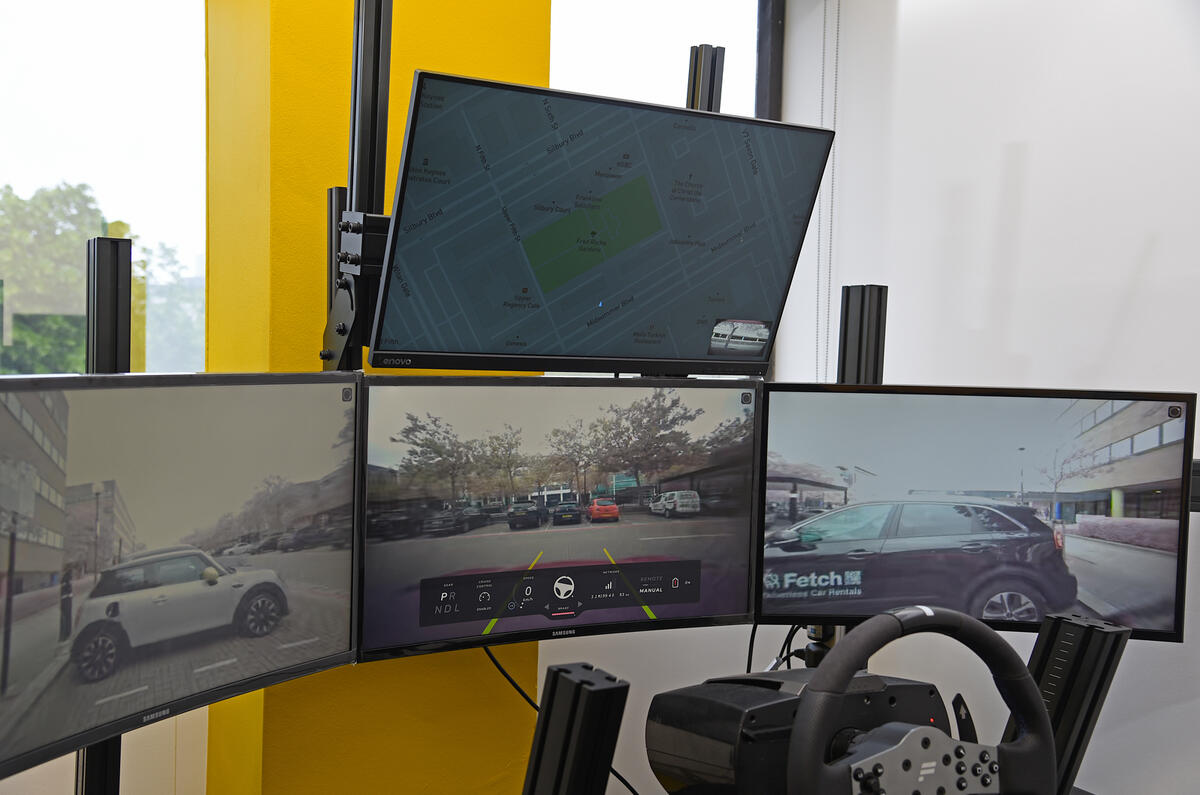
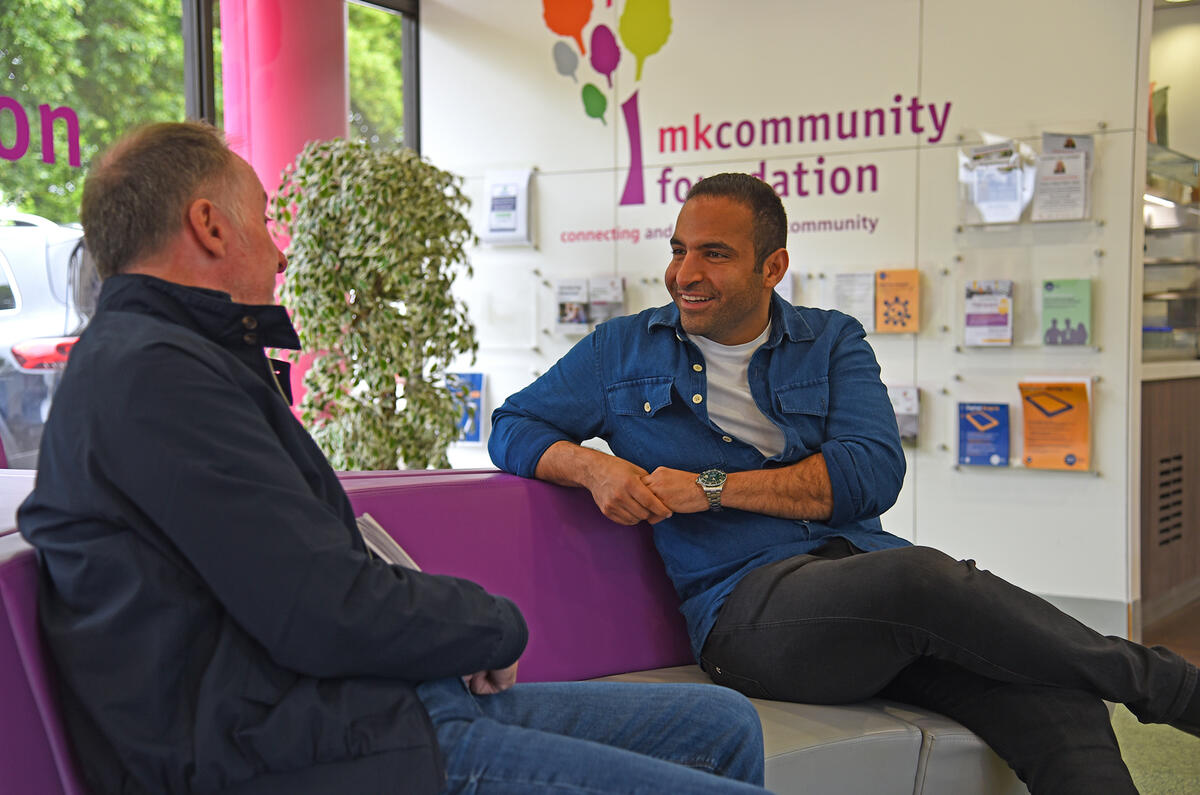
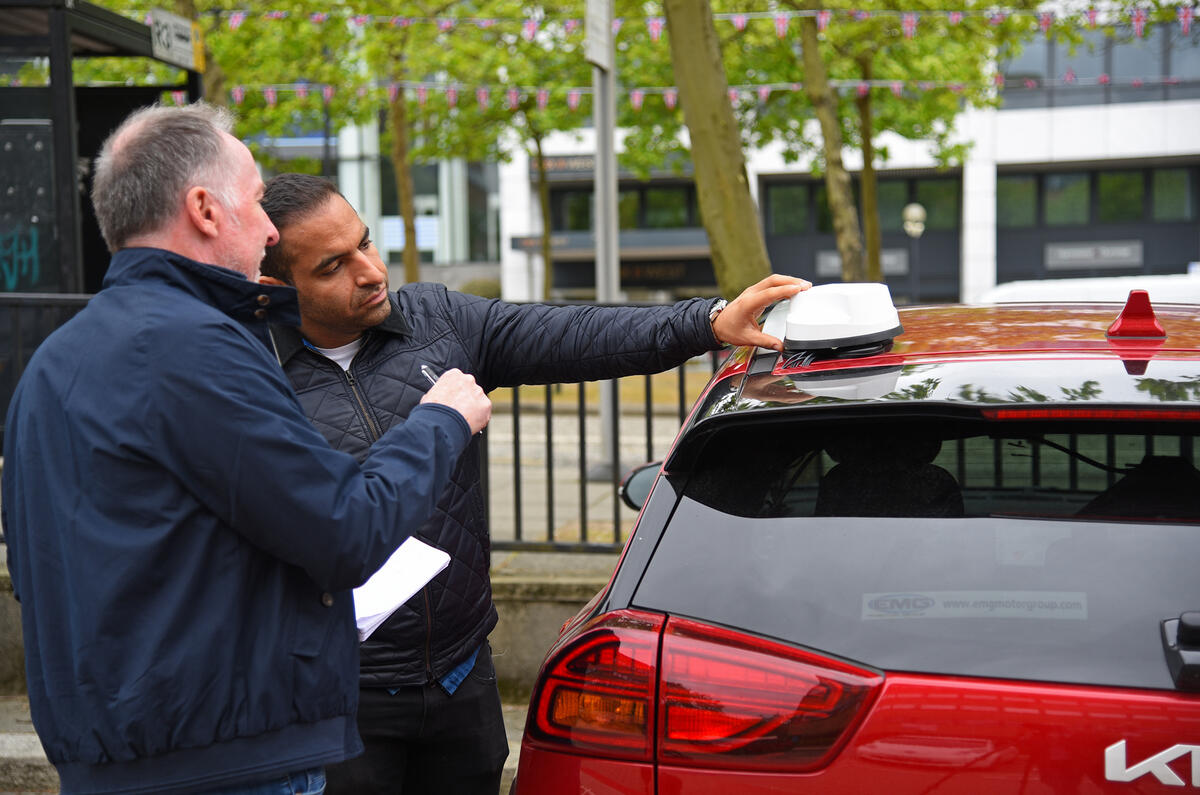
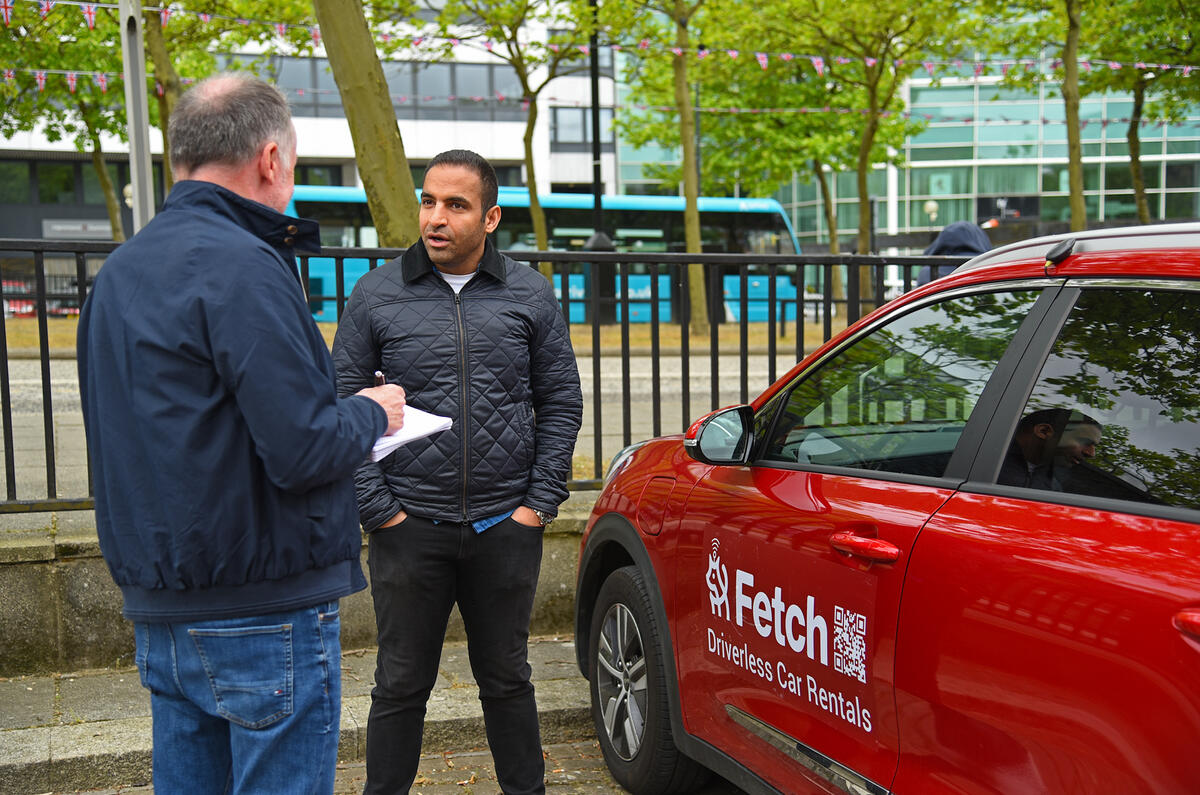
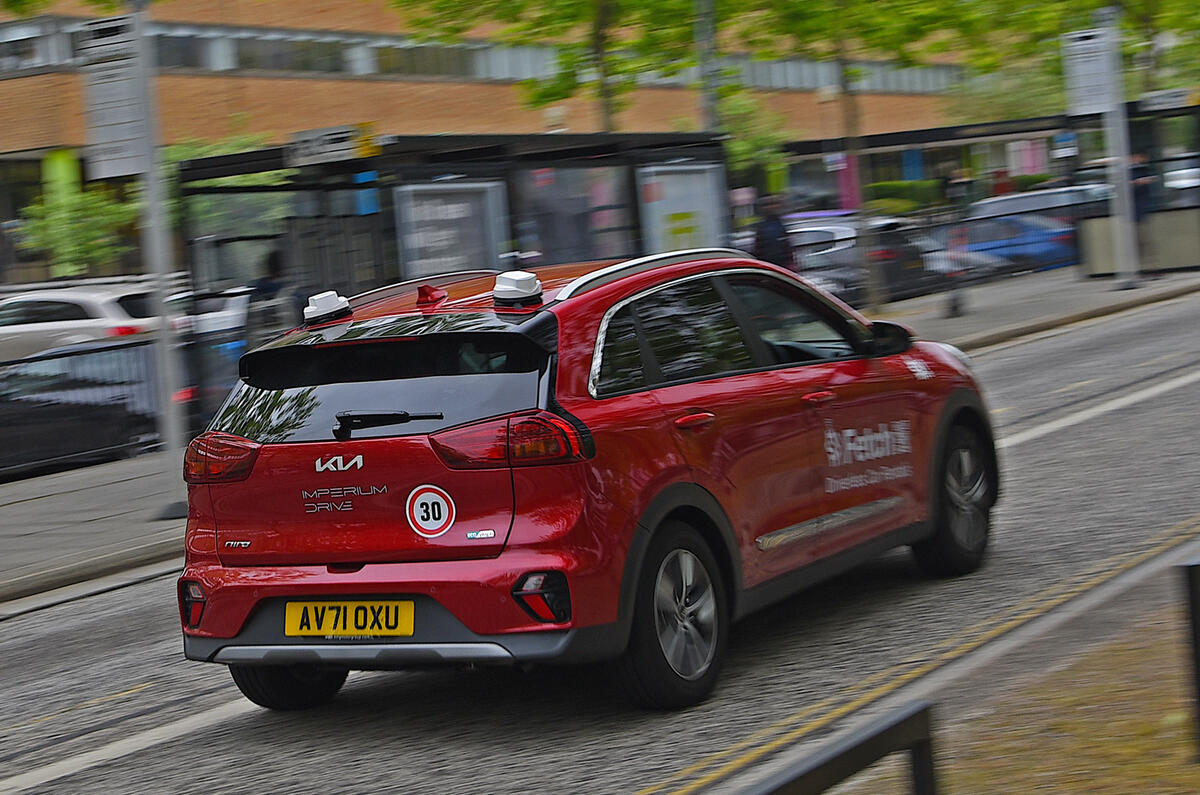
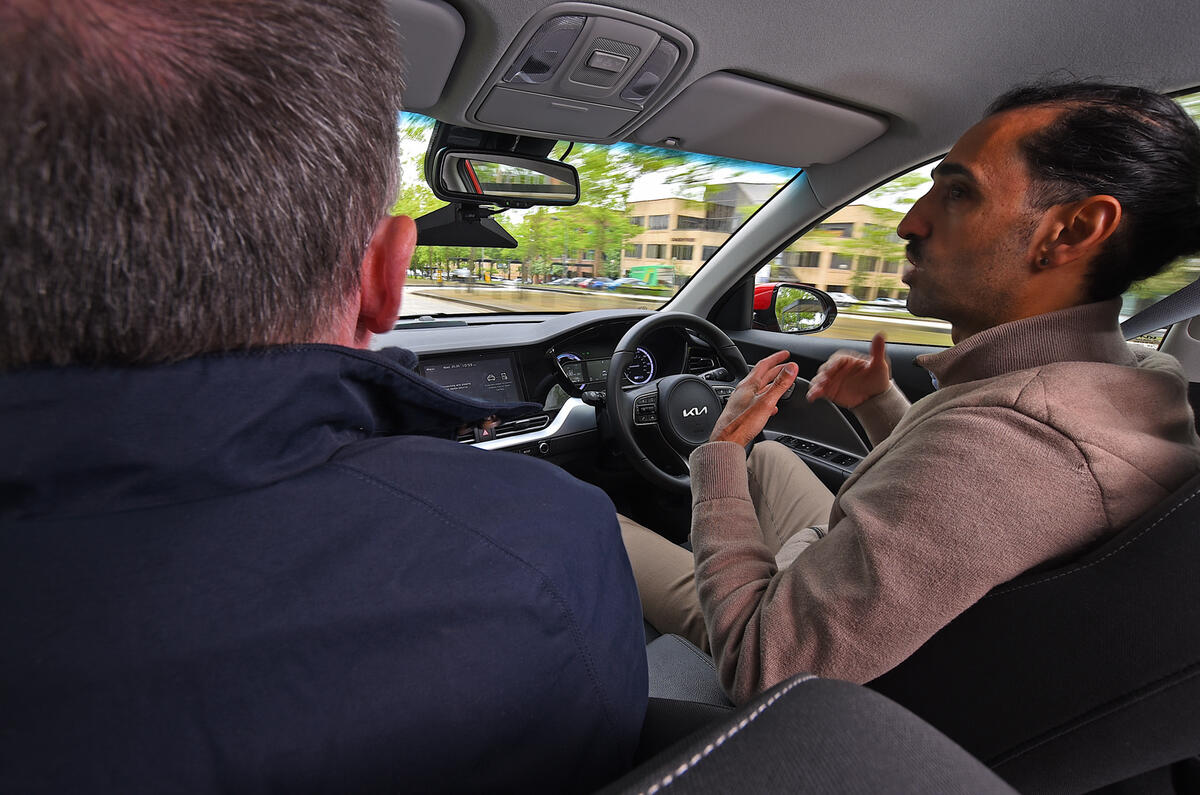
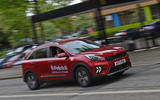
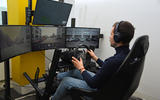
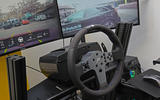
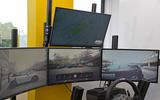

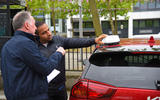
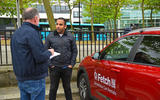

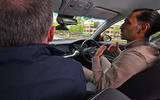


Join the debate
Add your comment
So it's a taxi right, without having to make small talk or have awkward silences.
Presumably, further down the line, the driver will be replaced entirely by computer, or there is no advantage as this is currently one driver for one taxi only.
So, If some risky manouevre is undertaken that doesn't work out or a miscalculation or a software malfunction, the 'driver' is not at risk in the resulting accident, only the poor passenger. How is that better?
Its a taxi, except rather than having the driver in the car, they will have someone sat behind a screen. Or have i missed something?
And just like a taxi, you dont get to choose the car, it will not have your stuff in it, and unlike a taxi, might be filthy after the last people to use it were less than clean.
It has none of the advantages of your own car, yet it doesnt do what a taxi does as well as a taxi either.
I think they have come up with the 'square wheel'
Can't get my head around this one I'm afraid? Who rents a car to drive a few miles?
It may be a replacement for a taxi but then again, what does this offer that a taxi doesn't?
More importantly in this day and age, won't this prove to be more environmentally unfriendly? You still have an EV but in this case you also require to run screens and a compter etc. Oops sorry. you don;t have an EV as the tech doesn;t work, you require a hybrid which is even more environmentally unfriendly.
Is it a solution to a problem nobody knew existed?